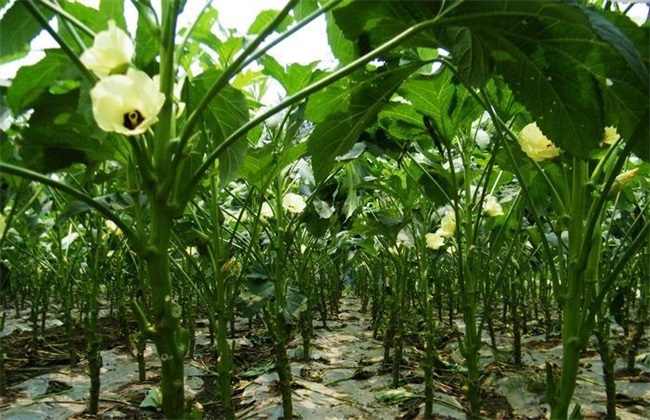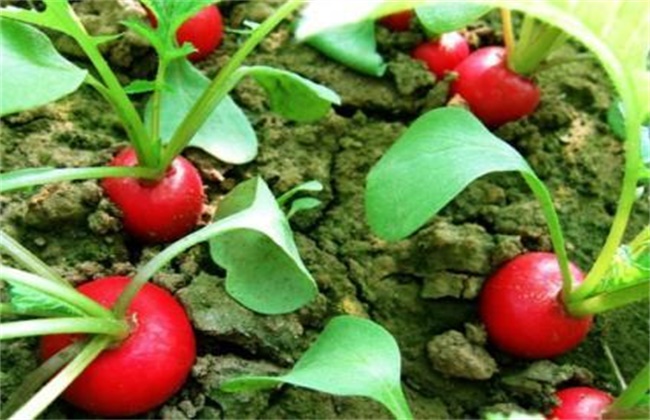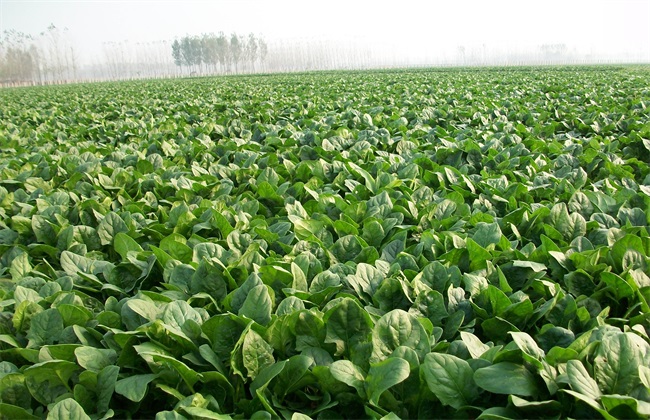Harvesting methods and preservation of okra
Okra, as a kind of vegetable rising in recent years, is very popular in our country. Planting okra has also become a major project for many people to shake off poverty and become rich. With the increase of market demand, the output and acreage of okra will also increase. When planting okra, harvesting and preservation are very important. The editor brings you the method of harvesting and preserving okra today. Let's take a look at it.

1. Harvest standard
When harvesting okra, we should pay attention to observe whether okra has reached the harvest standard. First of all, make sure that the pods are tough, bright, inflated and not aging. The harvest standard of okra varies with the temperature. At high temperatures, the length of okra pods is about 10 cm, while at lower temperatures, the length is only about 8 cm. And also according to the direction of use to control the standard, but no matter what the direction of use. Pods should be kept within 10 cm in length. If harvested too late, the pods will age and the commodity value will decline.
2. Harvesting method
Okra is usually harvested every 3 days after the first batch of pods are harvested. According to the change of temperature to appropriately shorten the frequency of harvest, usually around August is the hottest time of the year and the full fruit period of okra. At this time, it is usually harvested once a day, and then gradually restored to once every three days as the temperature drops. When harvesting, personnel should pay attention to protective measures to prevent the plant from pricking into the skin. When harvesting, cut the pod from the stalk with scissors and do not tear it with your hands to prevent plant injury. Then cut off the mature pods. If they are not clean, it will not only reduce the quality of the single fruit, but also affect the growth of the new pods.
3. Preservation after harvest
Okra pods have a strong ability to breathe, so if the preservation work is not done after harvest, it is very easy to lead to pods yellowing and aging. So if you can't eat it on the market in time after harvest, put the pod in a bag, then put the bag in running water with a temperature of about 5 degrees, and then put it in an environment of about 8 degrees when the temperature of the pod drops to about 10 degrees. Humidity is controlled above 90%. If it takes a long time to transport, cut off the handle before transportation, put it in a fresh-keeping bag and transport it in a 2-degree freezer. When yellowing pods are found, they should be picked out in time and should no longer be preserved.
4. Pay attention to keeping the seed
We also need to pay attention to keeping seeds when harvesting. When okra enters the growth period, nutrition and reproduction grow together, in order to inhibit the growth of okra and prevent excessive nutrition consumption leading to a decline in yield. The pods in the early lower part of okra plant can not be used as seed retention. The quality of the pod at the top is relatively poor, so it is not suitable to be used as a retained seed. Therefore, the strong and full mature pods in the middle should be used as seed. When the pods are yellowish brown and cracked, the seeds are dried, the seeds are selected and stored in a bag.
The above is a brief introduction to the harvest methods and preservation of okra. The harvesting method of okra is relatively simple, but we should pay attention to the preservation work, otherwise it will have a great impact on the quality of okra and reduce the planting efficiency. That's all for today's introduction. This article is for reference only. I hope it can help you all.
Related
- Where is it suitable to grow horseradish in China? it is expected to see the middle altitude horseradish in Alishan.
- How to prevent tomato virus disease reasonably? (Control methods included)
- Many people like to plant towel gourd on the balcony. What are the main points of this method and management?
- What crops can chili peppers be mixed with?
- Fertilization techniques and matters needing attention in Tomato
- What are the grafting techniques for peach seedlings in spring?
- Harm and control methods of root swelling disease of Chinese cabbage
- What are the pests of sweet potatoes? How to prevent and cure it?
- Symptoms, causes and Control methods of navel Rot in Tomato
- The cause of "Cucumber rotten bibcock" in Farmers' planting Cucumber and its Control Plan



